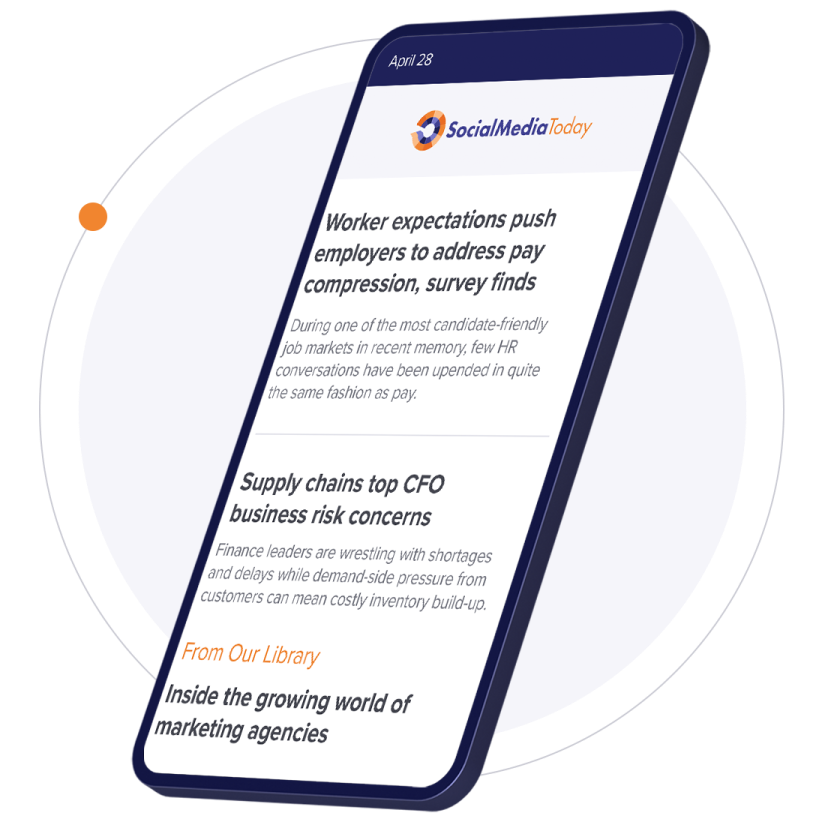Twitter 2.0’s trial and error approach continues, with the platform now backtracking on its move to restrict tweet access to non-logged in users.
Well, to a certain degree.
Today, Search Engine Roundtable reported that Twitter has implemented a new process that will ensure tweets are viewable by unregistered users, and are importantly still indexed by Google, which was an unintended side effect of its recent tweet viewing restrictions.
As per SER:
“Twitter made a change in the past 24 hours or so that now Google and unregistered users can see the tweet, but there is a modal that overlays asking users to sign up for Twitter. That means Google Search can now crawl and render tweets and see the content in the tweet, thus index it and ultimately rank that content.”
Last Friday, as part of its broader efforts to combat data scrapers, Twitter took the controversial step of blocking all non-logged in users from viewing tweets, prompting visitors, instead, to sign up and log-in to the app.
That was a precursor to Twitter’s even more controversial decision to implement limits on how many tweets users can view in a given time frame, which was the latest Elon-led move to spark angst among the Twittersphere.
As a result, Twitter also, inadvertently, limited tweet access to Google’s crawlers as well, which saw a massive drop in tweets appearing in SERPs, a key traffic driver for the app.
Twitter has wisely now corrected this, while also seemingly imposing new restrictions on tweet viewing, keeping in line with its new anti-scraping push.
The new tweet viewing limits, which Twitter says are a temporary measure, have been implemented in order to stop generative AI projects from scraping tweet data to fuel their conversational models.
Several hundred organizations (maybe more) were scraping Twitter data extremely aggressively, to the point where it was affecting the real user experience.
— Elon Musk (@elonmusk) June 30, 2023
What should we do to stop that? I’m open to ideas.
Twitter and Reddit, in particular, have become key targets for this info, which is why both are now looking to lock down their platforms to stop their data being used by the rising number of large language model (LLM) projects.
But that does come with side effects.
For one, restricting how much people can use the app will obviously limit usage, and Twitter relies on usage as a driver for its ad business. Stopping non-users from viewing tweets will also impact the same, with Twitter’s own data showing that 40% of its usage is from ‘logged out guests’.
How Twitter implements a fix for this is unclear, but it’s apparently now working on new measures to limit tweet access, while also enabling broader tweet viewing and engagement.
Ensuring tweets are indexed by Google was a key consideration, and it’ll be interested to see, now, whether Twitter can implement similar solutions to filter content viewing.







